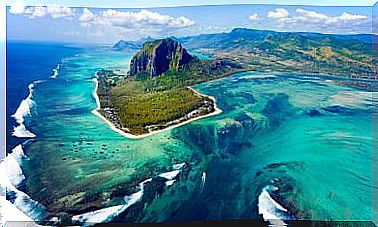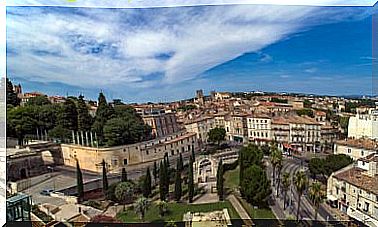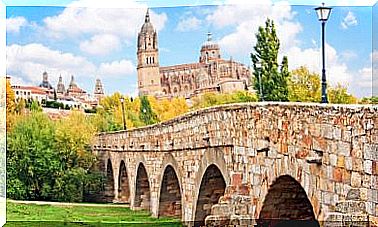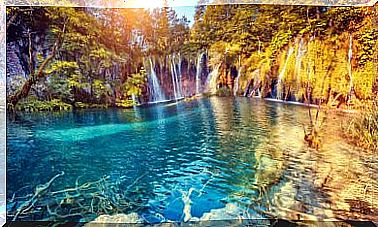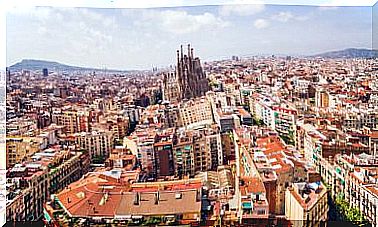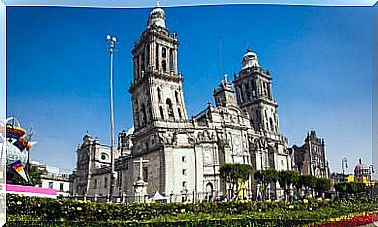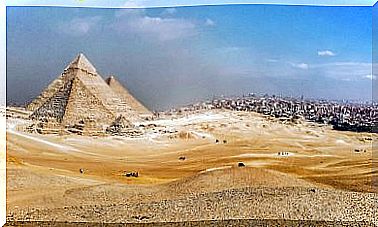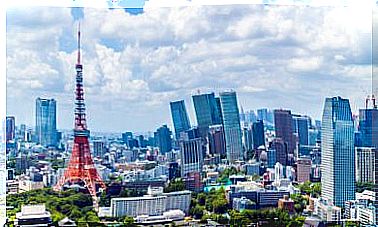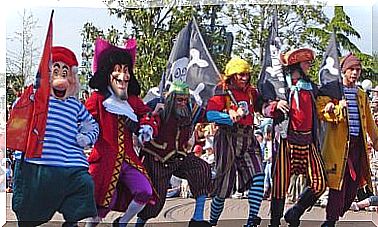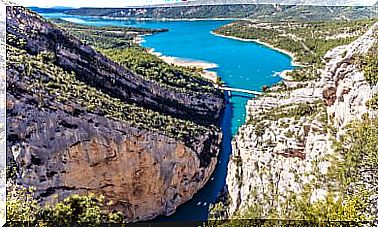Sepúlveda In Segovia: History, Nature And Good Gastronomy
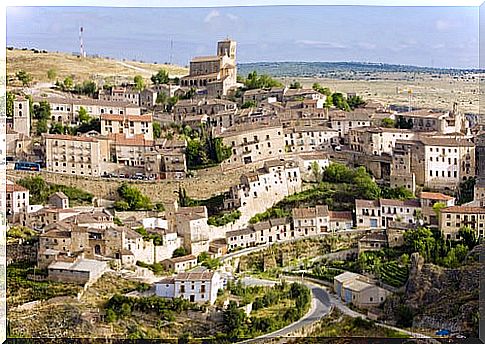
At the foot of the Natural Park of the Hoces del Río Duratón this beautiful municipality-town of Castilla y León is located. Sepúlveda enjoys an enviable natural environment and is located 55 kilometers from Segovia capital (and 119 from Madrid). With 1,300 inhabitants, mostly dedicated to tourism and gastronomy, it has everything you need for an unforgettable getaway.
The beginnings of Sepúlveda
As early as the 5th century BC there were Celtic settlements in the area. Later it was conquered by Titus Didius, Roman consul, who founded a city next to Duratón. Sepúlveda would be a small nearby village with several rural sanctuaries. Later, with the Visigothic occupation, everything would be transformed into a single town that as such is cited in the chronicles of Alfonso III.
In the year 940, a Christian repopulation was carried out in the Douro River region , which of course includes Sepúlveda, and to which the Muslim mayor Abubad refuses (without luck).
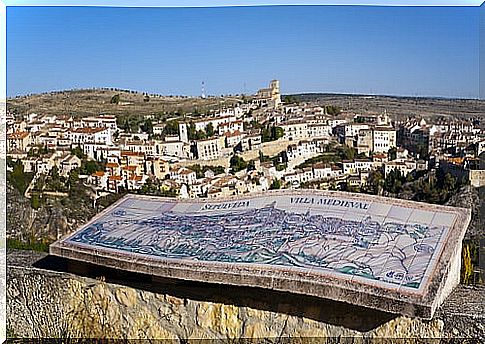
The jurisdiction of the locality allowed it to develop and prosper, but it did not prevent Spanish-Portuguese confrontations from taking place on their lands. From that moment it became part of the Aragonese crown. Another combat that took place here was the Sepúlveda Action during the War of Independence, where the forces of Spain defeated those of France.
Sepúlveda and its heritage
Since 1951 the town has been considered a “Historic-Artistic Complex”. Among the monuments and constructions that you cannot miss during your stay in Sepúlveda are:
The castle and the ramparts
It is on the edge of the Plaza Mayor and the town. The building was carried out in three periods : Arabic during the 10th century, by the González de Sepúlveda family in the 16th century, and Baroque (facade and tower with bells) in the 17th century. The curfew of 33 chimes is still being played to announce the closing of the gates of the wall.
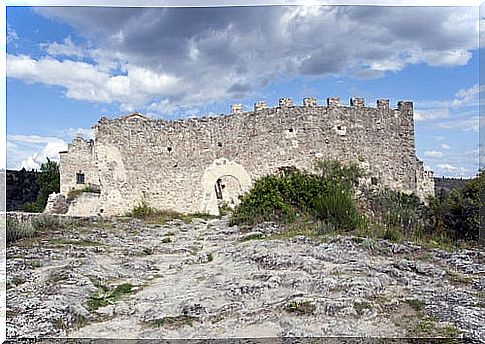
The walls still preserve some areas intact and 3 of its 7 original gates : Azogue (leads to the sanctuary of Our Lady of the Virgen de la Peña), La Fuerza (on the way to the natural park where you can see the remains of a Roman road which leads to the bridge of Picazos) and of the River (in the neighborhood of San Esteban, next to the niche of the Virgen de las Pucherillas).
Sanctuary of the Virgen de la Peña
Its construction dates from the 12th century and is in the Romanesque style, with a gallery and the priest’s house. It has a single nave, barrel vault, apse with columns, two access doors (one of them in the south wall as in the Arab tradition) and a tower next to the nave. Its breadth attracts attention, as well as the crypt.
Church of El Salvador
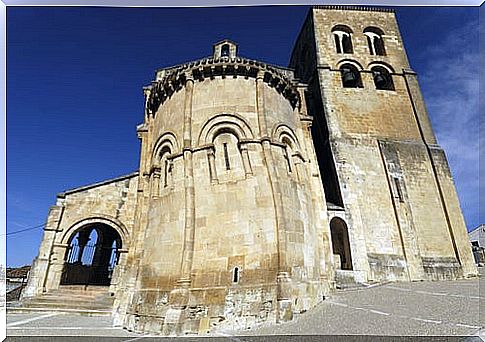
It is the oldest church in all of Segovia (year 1093) and one of the Romanesque-Castilian paradigms. It has a single nave and the tower is separate. Its walls, with blind arches on columns and a portico erected later, give it a mysterious and imposing touch. There the Mass of Minerva is held on the third Sunday of each month.
Church of San Bartolomé
It is the only “extramural” that is still preserved. It dates from the 11th century and is made up of two wooden-covered chapels. The stone staircase and its interior with numerous altarpieces make the Sepúlveda parish very beautiful.
Church of Saints Justo and Pastor
It is from the 12th century and is reached after the Azogue gate (near the old market square). At present it houses the Museum of the Fueros, which allows to know the history of Sepúlveda, the Patronage, the Patronage, the Middle Ages, the Fueros and the Community of the Villa.
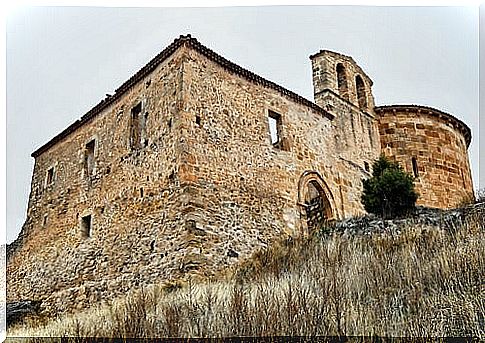
Santiago church
It is Romanesque in style and has only a rectangular nave and a double brick Mozarabic apse. The underground crypt is possibly the remains of a primitive chapel and contains tombs from the 10th century. Inside is the Casa del Parque (the Hoces del Río Duratón interpretation center).
Of course, you cannot leave Sepúlveda without visiting its 5,000-hectare natural park with a great natural and cultural heritage (you can visit the hermitage of San Frutos, the monastery of Nuestra Señora de los Ángeles de la Hoz and the cave of the Seven Altars ).
And, to regain strength, nothing better than tasting one of the delicious roasts that have made Sepúlveda famous. Your visit to this town will be impossible to erase from your memory and from your heart.
